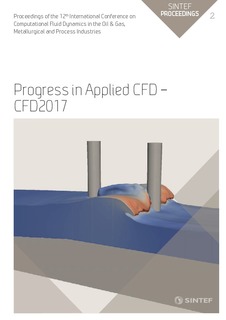| dc.description.abstract | Polycyclic Aromatic hydrocarbons (PAHs) are organic compounds consisting of only hydrogen and aromatic carbon rings. PAHs are neutral, non-polar molecules that are produced due to incomplete combustion of organic matter. These compounds are carcinogenic and interact with biological nucleophiles to inhibit the normal metabolic functions of the cells. In Norway, the most important sources of PAH pollution are considered to be metallurgical industries, offshore oil industries, transport and wood burning. Stricter governmental regulations regarding emissions to the outer and internal environment combined with increased awareness of the potential health effects have motivated Norwegian metal industries to increase their efforts to reduce emissions considerably. One of the objective of the ongoing industry and Norwegian research council supported "SCORE" project at SINTEF is to remove PAH from a hot gas stream through controlled combustion of the PAH inside a dedicated combustion chamber. The sizing and configuration of the combustion chamber depends on the properties of the bulk gas stream and the properties of the PAH itself. In order to achieve efficient and complete combustion of the PAH, the residence time and temperature need to be optimized. In the present study, the oxidation of pure PAH and PAH mixed with process gas is modelled using a Perfectly Stirred Reactor (PSR) concept. PSR concept was useful for understanding the influence of residence time and temperature on the oxidation of PAH to CO2 and water. Furthermore, a computationally fast approach based on Chemical Reactor Network (CRN) is proposed for understanding the oxidation of PAH inside complex geometries. The Chemical Reactor Network (CRN) yields a detailed composition regarding species and temperature in the combustion chamber. | nb_NO |
